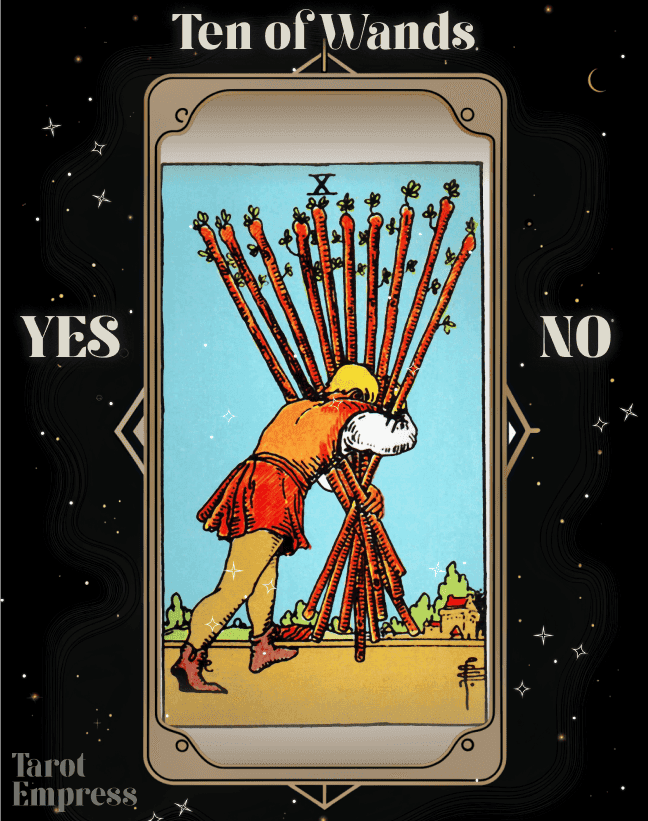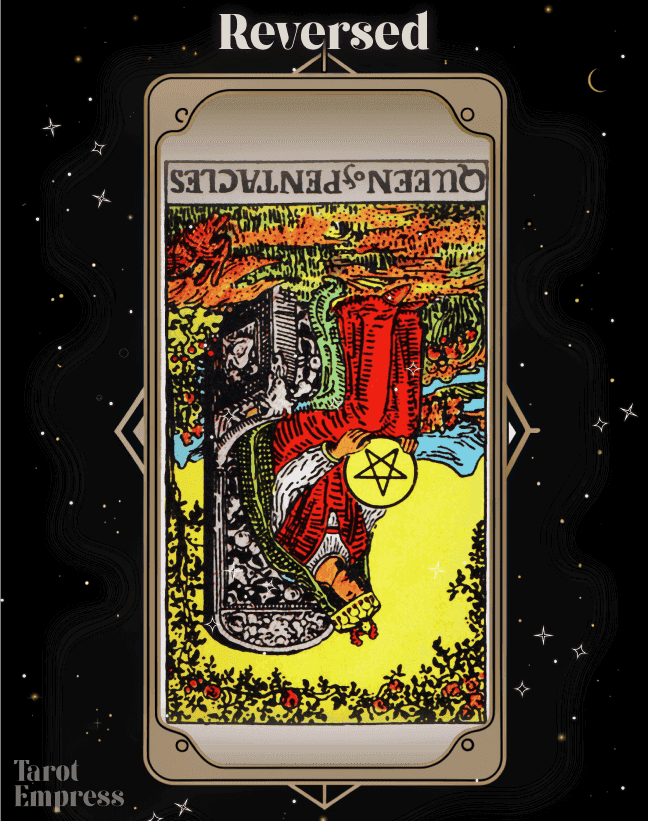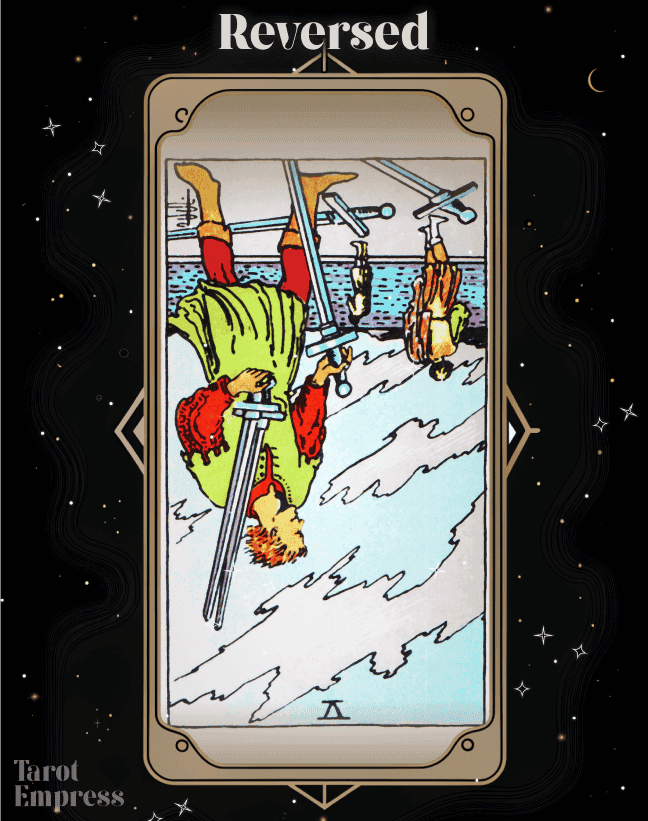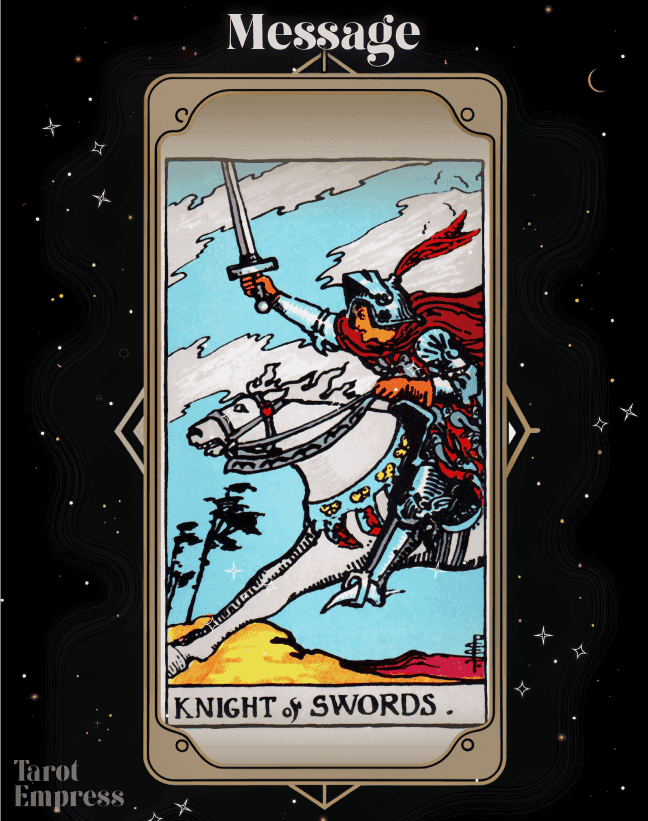Table of contents
When seeking answers in love, career, or personal development, Ten of Wands challenges us to reflect on our choices. Through its interpretations, we can seek clarity on whether this card provides a clear yes or no answer to our inquiries.

Ten of Wands Yes or No Meaning: Interpreting the Path of Responsibility
10 of Wands is rich in meaning, showcasing the sometimes overwhelming nature of our struggles. It communicates not just a physical load, but emotional and spiritual weights we might bear. In the context of yes-or-no questions, it suggests facing challenges with resilience. It can imply readiness to proceed, provided one is prepared to handle the associated burdens.
Pulling this card in a yes-or-no reading often represents a complex conclusion. It doesn't offer a simple yes or no but instead encourages a reflection on whether you are equipped for the journey ahead.
Is the Ten of Wands a Yes or No Card? Upright Interpretation
When the 10 of Wands appears upright, it speaks to the potential for perseverance to lead to success. This card often suggests that while the road may be laden with obstacles, it is still worth traveling if one is willing to invest the effort. It hints at a positive outcome if challenges are faced head-on.
Interpretation for Love Readings
In matters of the heart, the upright 10 of Wands often represents the heavy lifting required to maintain or grow a relationship. Its implications can be seen in various scenarios:
- Long-Term Couples: Tackling shared responsibilities can strengthen the bond.
- New Romance: Encourages working through initial hurdles for future rewards.
- Regaining Trust: Suggests rebuilding relationships through dedication.
- Growing Families: Indicates readiness but requires shared effort.
- Close Friendships: Promotes support amidst trials to foster deeper connections.
Meaning in Career Readings
In work-related readings, 10 of Wands upright suggests reliability and diligence under pressure. It encourages commitment and progression through difficulty:
- Leadership Responsibility: Indicates readiness for formidable tasks when approached with determination.
- Career Advancement: Advocates accepting challenging roles for growth opportunities.
- Project Completion: Emphasizes persistence to achieve successful outcomes.
- Team Dynamics: Pushes for cooperation to navigate shared challenges.
- Work-Life Equilibrium: Highlights the need to balance responsibilities without burnout.
Ten of Wands Reversed Yes or No: Addressing Overwhelm
When reversed, 10 of Wands can signify the need to release burdens or point to being overwhelmed by them. It warns against proceeding without first resolving present pressures. Here are certain situations where this interpretation is applicable:
- Excessive Stress: Advises against ignoring symptoms of burnout.
- Neglecting Obligations: Highlights dangers in avoiding duties.
- Dependency Concerns: Encourages breaking free from stifling dependencies.
- Work Disorganization: Points to risks of mismanagement.
- Health Management: Urges prioritization of self-care.
- Communication Barriers: Calls for resolution to clear misunderstandings.
Understanding Love Connections
In love readings, the reversed 10 of Wands points to difficulties with handling emotional weight. Its impact resonates in diverse scenarios:
- Seeking Relationships: Indicates letting go of past baggage is needed before engaging anew.
- Established Partnerships: Calls out imbalances in shared duties.
- Past Partners: Highlights the necessity of closure before moving on.
- Family Dynamics: Warns against overcommitting at the expense of individuality.
- Friendly Bonds: Suggests addressing hidden tensions instead of silently bearing them.
Career Insights
In the context of career, 10 of Wands reversed can indicate significant stressors need addressing to avoid professional setbacks:
- Burnout Awareness: Stresses the importance of recognizing when to step back.
- Team Communication: Calls for improving interaction to foster clarity.
- Project Evaluation: Encourages reassessment of failing initiatives.
- Promotion Concerns: Warns that long-term success may require interim adjustments.
- Excessive Business Travel: Recommends reducing unnecessary travel to prevent fatigue.
Examples of Effective Yes or No Questions with Ten of Wands
Formulating precise questions can guide your reading effectively. Here are some examples tailored to the 10 of Wands:
- "Will accepting this project benefit my career growth?"
- "Is addressing our relationship imbalance necessary?"
- "Should I attempt to reconcile with my former partner?"
- "Will reducing my workload enhance my well-being?"
- "Is the effort to maintain this friendship worth it given current pressures?"
Supporting Each Other's Independence
When interpreted for love readings, this card explores the commitment and pressure within relationships. Upright, it suggests willingness to surmount obstacles with care and dedication. Reversed, it signals the importance of not letting burdens eclipse the joy of the relationship.
Ultimately, 10 of Wands provides guidance in evaluating the balance between effort and reward. It encourages asking whether the responsibility is worth carrying and whether it's time for mutual support or for reassessment.
A Look at the Implications
10 of Wands offers a multi-faceted perspective in yes-or-no questions. Upright, it nods towards a challenging yet achievable "yes," suggesting resilience and patience. When reversed, it cautions to reconsider, as the burdens might hinder progress.
The profound influence of the chosen card encourages stepping back to weigh the responsibilities involved in any decision. Seek not just a straightforward yes or no, but a deeper understanding of what those responses necessitate. This card represents the delicate dance between shouldering burdens and seeking liberation. Are you ready to face the responsibilities your decision could entail?
FAQs
Does the 10 of Wands suggest a clear yes or no in tarot readings?
This card often implies complex outcomes rather than clear-cut answers. It suggests resilience when upright, indicating a "yes" with hard work, while reversed suggests reconsideration or potential obstacles.
How can the reversed 10 of Wands guide my decisions?
When reversed, the card can highlight the need to address pressing burdens. It signals caution or potential pitfalls that must be resolved before making further decisions.
What is the influence of the 10 of Wands in love readings?
For love-related inquiries, Ten of Wands underscores the need for effort and balance. Upright, it hints at overcoming difficulties through joint support, while reversed can point to unresolved issues.
How is the 10 of Wands significant in upright interpretation for decision-making?
The upright card is significant in confirming decisions where perseverance and diligent effort are crucial. It advocates a future built through endurance and responsibility.
Can the 10 of Wands help clarify career-related choices if reversed?
Certainly, in reverse, this card symbolizes the need to reassess career paths and address burdens that might hinder success. It advises proactively managing stress and communication issues for progress.
What additional insights can the 10 of Wands offer in a tarot reading?
Beyond basic guidance, Ten of Wands invites introspection into the realities of your burdens. It encourages evaluating how these responsibilities impact your life trajectory and what changes might enhance your journey.









